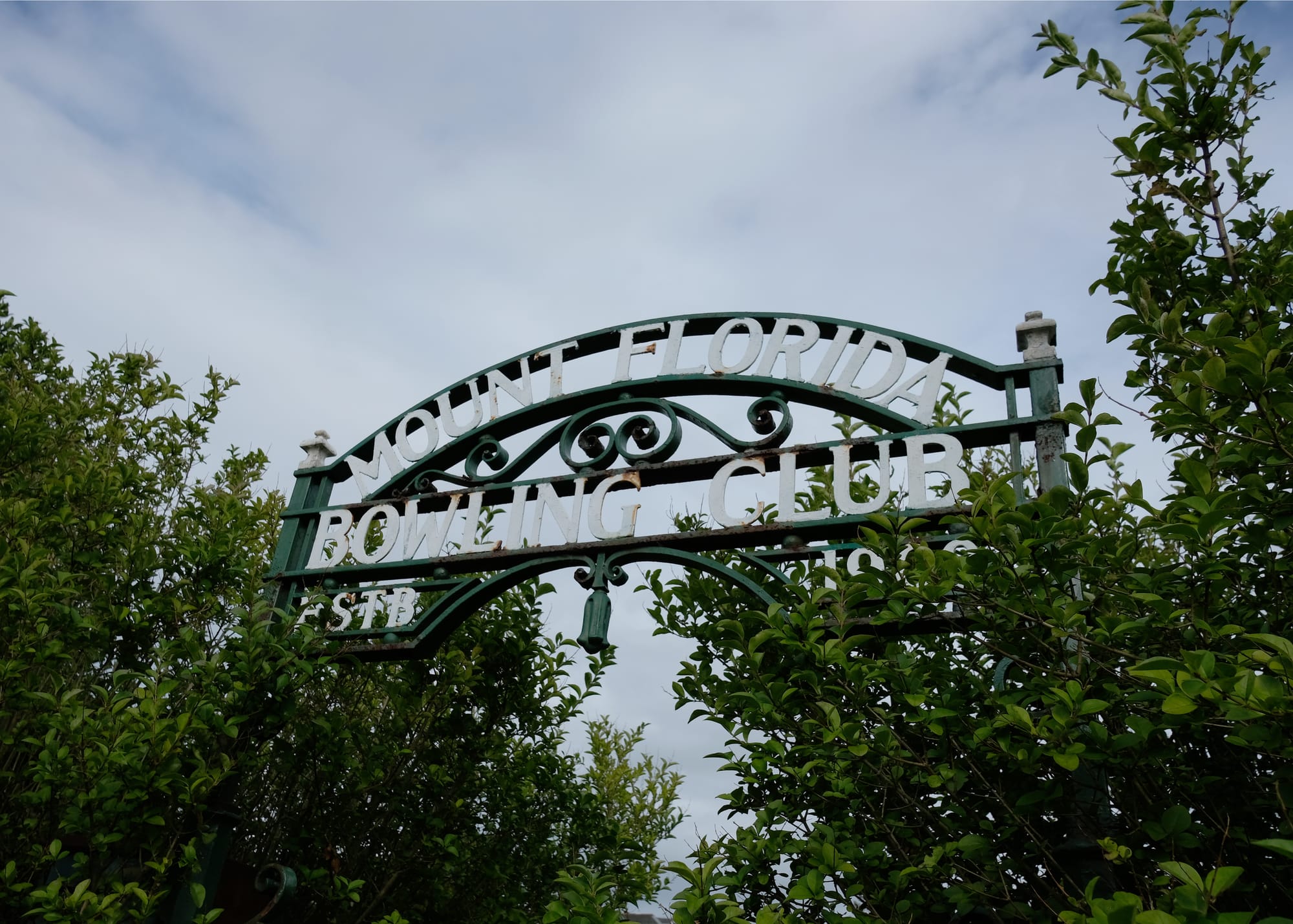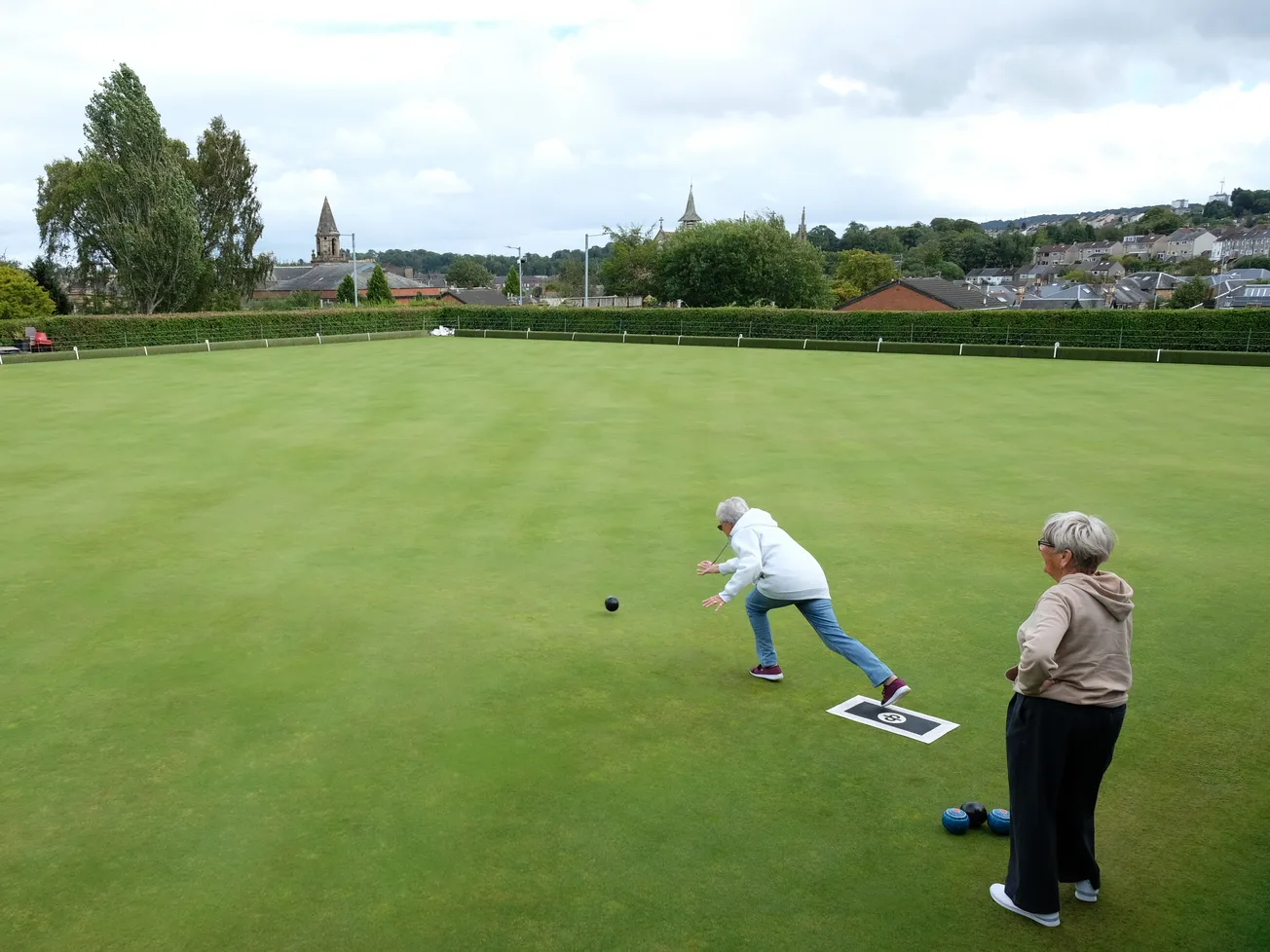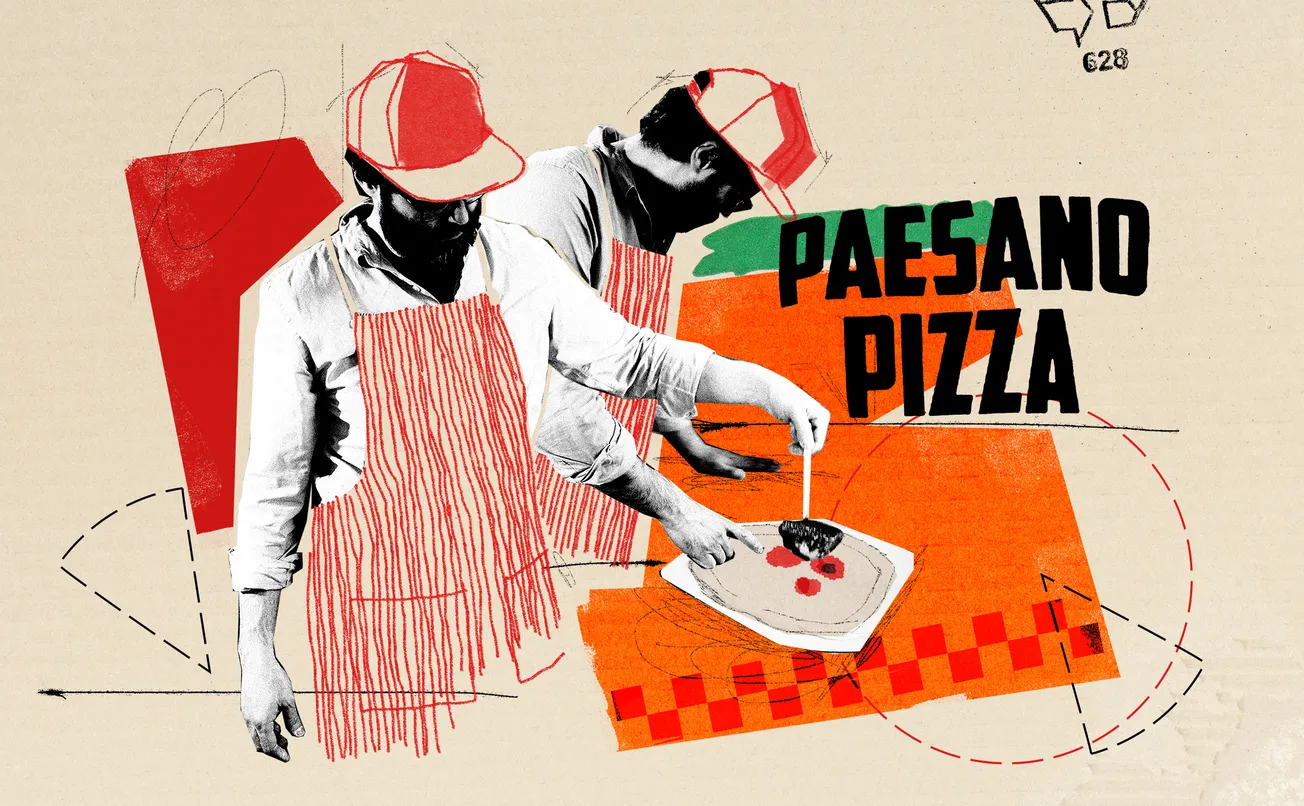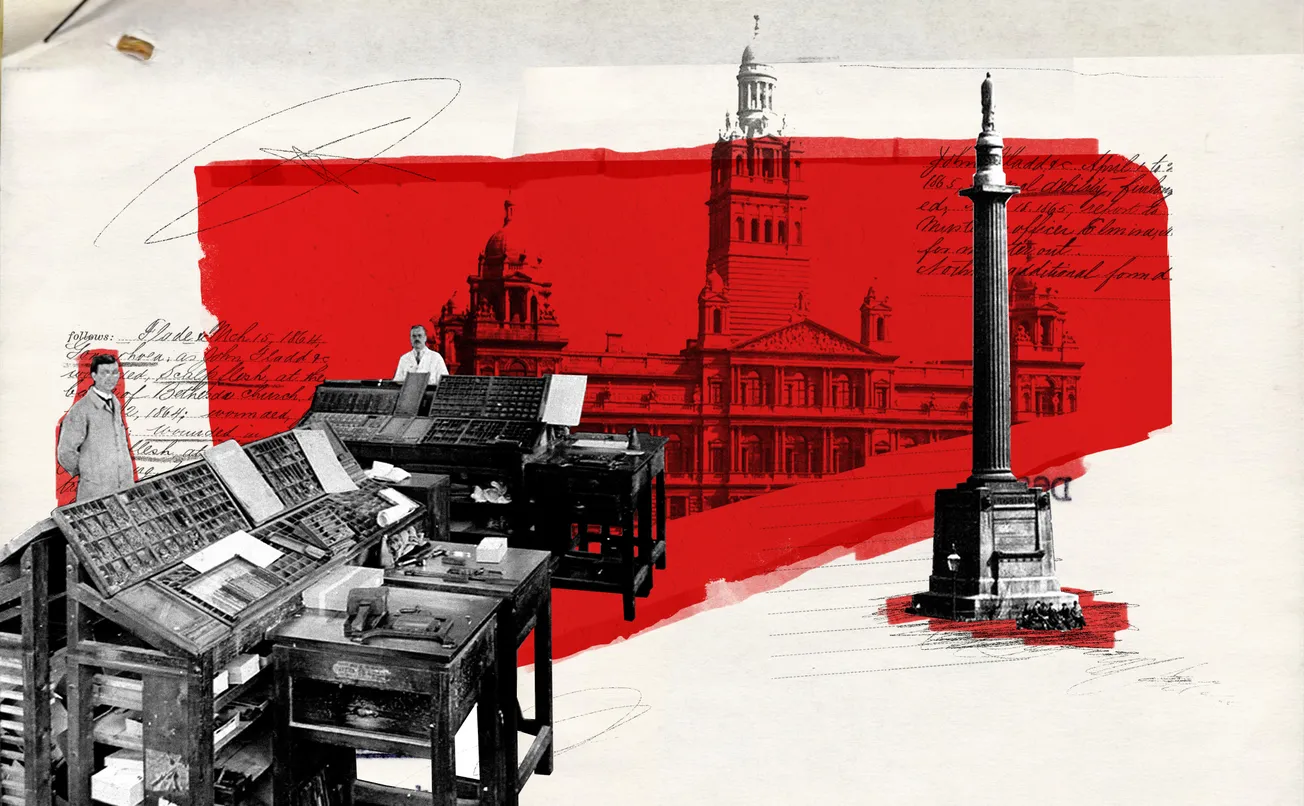A tale of two bowling clubs
Nearly 140 years ago, the leafy middle-class suburbs of wealthy Glasgow alighted on a new status symbol. The invention of the lawnmower had led directly to a craze for lawn bowling; it demarcated who could afford a strip of grass and maintain it to a sporting standard. Soon clubs began to spring up, bringing together the middle class and those who aspired to be in it.
One such club was signed into existence in January 1889. It endures today, still perched on a hill with a fine vista of the city’s green southern expanse. Some things have changed at Cathcart Bowling Club though: annual membership now costs £120 in comparison to 25 shillings, and bowling isn’t the buzzy sport it used to be. But Cathcart is luckier than some of its fellow bowling institutions. Here, the club still functions as designed.
Yet elsewhere in Glasgow, these greens are becoming battlegrounds. The land they stand on is valuable; members and property developers alike have begun to cotton on. It’s sparked an existential question: are these clubs, once exclusive middle-class zones, community assets? Or are they private property? And who should benefit if the land gets sold for hundreds of thousands — sometimes millions — of pounds? It’s a question getting more pressing as lots of clubs look to sell up; analysis by The Bell has found 11 bowling clubs around Glasgow which have either sold some, or all of their land, or are looking to do so.
Contrasting clubs
Dave Hilley casually rolls the jack (the small white ball that you have to get your bowls close to) from one end of the rink to the other, demonstrating how to play. Both feet on the mat; lunge forward with your left foot while your right hand (if you’re that way inclined) sweeps the bowl past your ankles and onto the green. The 68-year-old is Cathcart Bowling Club’s six-time men’s champion and the organisation’s secretary. His shot barely ruffles the short blades of grass, the bowl elegantly curving to settle just behind the jack. We smile. I can already — correctly — predict that my attempt won’t be quite so smooth.
To our left, women are playing a mid-afternoon game — it’s a semi-final pairs match and the vibe is well-natured but competitive. Despite the time of day, there’s a good crowd of about ten people watching on from the outdoor benches and from within the clubhouse. The age-range of those milling about is roughly 40-70, and everyone seems relaxed. Things seem rosy at the Cathcart Bowling Club. Just 20 minutes up the road, it’s a different story.

Follow me up Delvin and then Carmunnock Road, we’ll end up at Mount Florida Bowling Club. Here, the gates are locked and the foliage is “rewilded”, aka overgrown. This has been the state of affairs for six years. Believe it or not, in the late 2010s, both Cathcart and Mount Florida were in the same sinking boat. The clubs faced an existential threat. But the outcomes for the two institutions have been very different. While Cathcart now enjoys a new lease of life, Mount Florida Bowling Club is shuttered, degrading, and the centre of a vicious, ongoing land dispute.
Welcome to The Bell. We’re Glasgow's new newspaper, delivered entirely by email. Sign up to our mailing list and get two totally free editions of The Bell every week: a Monday briefing, full of everything you need to know about that’s going on in the city; and an in-depth weekend piece.
No ads, no gimmicks: just click the button below and get our unique brand of local journalism straight to your inbox.
Comments
How to comment:
If you are already a member,
click here to sign in
and leave a comment.
If you aren't a member,
sign up here
to be able to leave a comment.
To add your photo, click here to create a profile on Gravatar.






